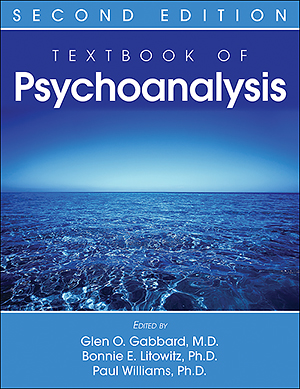Chapter 4.Unconscious Processes
Sections
Excerpt
The inference that unconscious mental processes determine a very large portion of our lives has proven enormously fruitful. Although the idea of unconscious mental life dates back millennia, systematic investigation of unconscious mental processes began with the clinical researches of Sigmund Freud at the end of the 19th century. Listening to patients telling their stories with the use of hypnosis (following the example of his mentor, Josef Breuer), Freud grasped the usefulness of this central hypothesis—the bedrock of psychoanalysis—that the inexplicable, irrational nature of symptoms could be understood to be meaningful if he inferred unconscious influences. The first hypothesis, in which he joined Breuer in the Studies on Hysteria (Breuer and Freud 1893–1895), introduced an explanatory mechanism, the hypnoid state, an altered state of consciousness that at least sometimes was induced by trauma. The hypothesis included the assumption that the memories of traumatic events that occurred during a hypnoid state could be assisted to reach consciousness and to -permit abreaction of dammed-up affect by talking under hypnosis. They hypothesized the occurrence of dis-sociations in mental life caused by damming up of affect. Dissociation would ordinarily not occur, because affect would ordinarily be discharged and the experience would be absorbed into the “great complex of associations.” (Subsequent revival and reformulation of that hypothesis are discussed later.) Freud’s attention, however, shifted to a more compelling inference: the delineation of repudiated unconscious wishes. The major emphasis of his subsequent work on the nature and organization of the mind elaborated on his inferences about the nature of the wishes and the motives for repudiation, that is, to unconscious conflict. Psychoanalysis became the psychology of human experience and behavior viewed from the perspective of unconscious conflict. By mid-20th century, the focus had extended beyond conflict, although conflict has remained central to psychoanalysis.
Access content
To read the fulltext, please use one of the options below to sign in or purchase access.- Personal login
- Institutional Login
- Sign in via OpenAthens
- Register for access
-
Please login/register if you wish to pair your device and check access availability.
Not a subscriber?
PsychiatryOnline subscription options offer access to the DSM-5 library, books, journals, CME, and patient resources. This all-in-one virtual library provides psychiatrists and mental health professionals with key resources for diagnosis, treatment, research, and professional development.
Need more help? PsychiatryOnline Customer Service may be reached by emailing [email protected] or by calling 800-368-5777 (in the U.S.) or 703-907-7322 (outside the U.S.).



